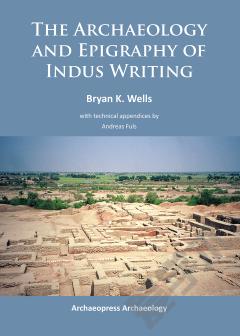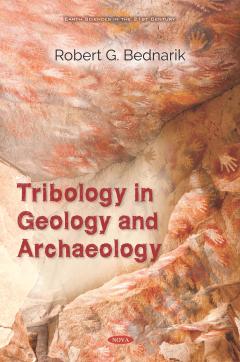The Archaeology and Epigraphy of Indus Writing
The Archaeology and Epigraphy of Indus Writing is a detailed examination of the Indus script. It presents new analysis based on an expansive text corpus using revolutionary analytical techniques developed specifically for the purpose of deciphering the Indus script. This exploration of Indus writing examines the structure of Indus text at a level of detail that has never been possible before. This advance in analytic techniques is combined with detailed linguistic information to suggest a root language for the Indus script. Further the syntax of the Indus script is demonstrated to match a Dravidian language. In the process of analysis the place name for the ancient Indus site of Dholavira is identified. This leads to the eventual identification of 17 signs with various levels of certainty. These readings lead to the partial definition of the Indus system of affixing. Using innovative analytical techniques Indus signs can be defined functionally as logographic or syllabic. Further, specific sign sequences are identified as verbs or nouns. The volumetric system used at Harappa during the Indus period is demonstrated. This discovery gives us a good idea of the scale and process of Indus exchange. The Indus inscriptions are analyzed with an emphasis on their archaeological contexts. The analysis presented in this book represents a significant advancement in our understanding of Indus writing. Bryan K. Wells is an archaeologist, epigrapher and geographer. He has excavated on the east and west coasts of North America and in Pakistan. Wells has studied ancient writing systems, including the Indus script, since 1990, and holds a PhD. in anthropology from Harvard University.
{{comment.content}}








 京公网安备 11010802027623号
京公网安备 11010802027623号